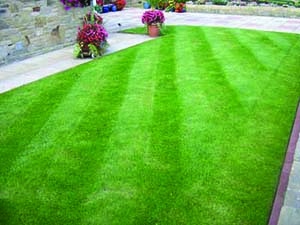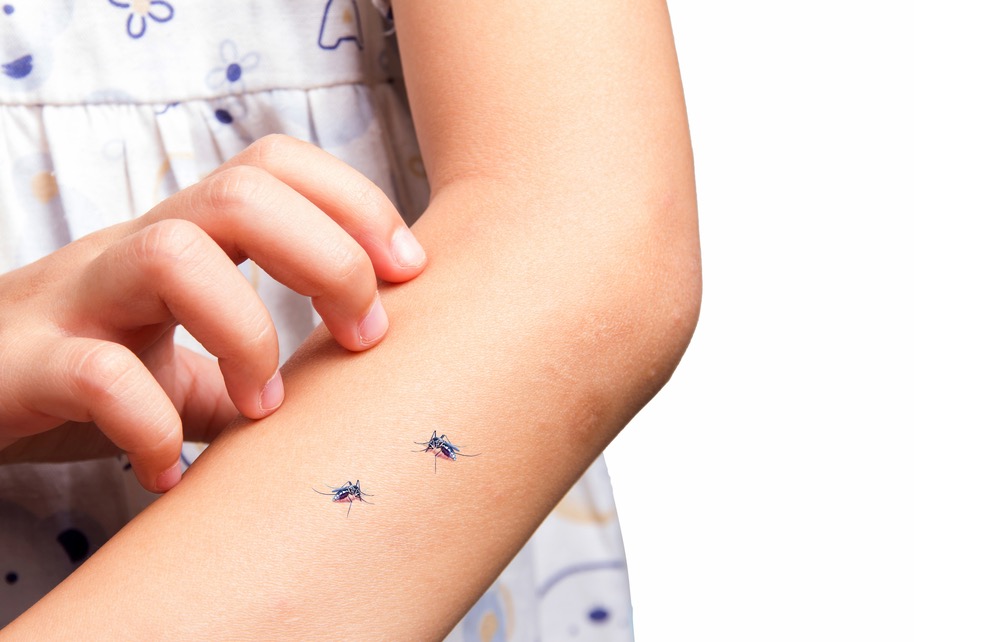 This time of year, the trees will shed their leaves in KC as sure as the sun will rise tomorrow. Some trees will be bare by mid-October. Others will take until the end of November. Either way, you are bound to have a lot of loose leaves in your yard. So what’s the best thing to do with them? Should you rake them and bag them? Should you mulch them? Or can you ignore them without hurting your lawn? Green Head Turf Systems has the answers you’re looking for.
This time of year, the trees will shed their leaves in KC as sure as the sun will rise tomorrow. Some trees will be bare by mid-October. Others will take until the end of November. Either way, you are bound to have a lot of loose leaves in your yard. So what’s the best thing to do with them? Should you rake them and bag them? Should you mulch them? Or can you ignore them without hurting your lawn? Green Head Turf Systems has the answers you’re looking for.
Don’t Leave the Leaves
Our first piece of advice is that leaves should not be left alone. Leaves that are not removed from your lawn block sunlight and air from reaching the grass. If it rains or there are early snows, those layers of leaves turn into a giant soggy mat. Lack of air and sunlight can cause turf diseases such as snow mold – a pink or gray fungal disease that can smother the grass and kill it. Furthermore, if the leaf matter is not removed very early in the spring, it can inhibit growth.
You Don’t Have to Rake the Leaves – Mulch Them
If you hate raking leaves, the easiest way to eliminate them is by mulching them. Leaves contain some of the nutrients that plants have taken out of the soil. Mulching the leaves allows those nutrients to go back into the soil as organic matter. You’ll want to reduce your leaf clutter to fine sized pieces. When about half an inch of grass can be seen through the mulched leaf layer, you’ve chopped them small enough. Once the leaf bits settle, microbes and worms turn them into food for the grass. It’s also a good idea to add some fertilizer with nitrogen in it. This helps the microbes break down the leaves faster. Your lawn has gone dormant, so it won’t make it grow, but come spring, it will help it green up fast. When spring arrives, the leaf litter that was mulched in the fall will be gone and your grass will look greener than ever – no raking or bagging required.
Other Uses for Leaves
Shredded leaves can serve as mulch as well to protect tree roots from heat and cold and retain soil moisture during dry spells. Another option is to compost your leaves. But if you decide to do this, be aware that you can’t just rake your leaves into a big pile and leave them. Composting requires regular turning of the leaves as well as the right amount of moisture. But if you compost them, you’ll have nutrient rich matter to use in your flower beds in the spring. For more fall lawn care tips, read our blog post 4 Lawn Care Tips for Fall Every Homeowner Must Know
Now you know. Mulch those leaves and get ready for a great lawn in the spring. When it comes to lawn care, leaf it up to us! If you need help with your lawn or have lawn care questions, give Greenhead Turf a call at (913) 645-9586.





